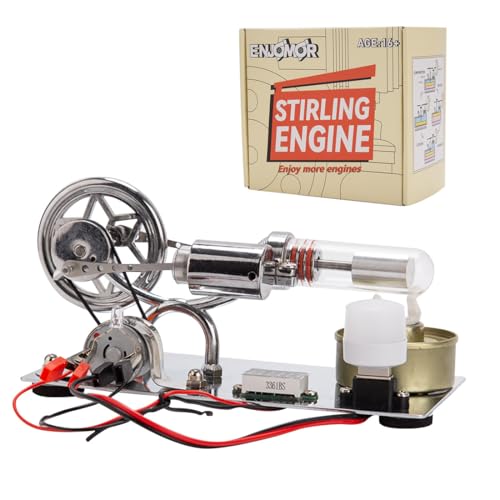- Joined
- Aug 25, 2007
- Messages
- 3,890
- Reaction score
- 715
Apologies, MB, the bottom crankshaft drawing isn't particularly accurate. Here is an accurate view of the crank. The total width and thickness of the webs and the length of the connecting rod journal will all need to be adjusted a bit to suit your connecting rod thickness and the distance between your crankshaft bearings.
Chuck

Chuck



























![DreamPlan Home Design and Landscaping Software Free for Windows [PC Download]](https://m.media-amazon.com/images/I/51kvZH2dVLL._SL500_.jpg)










































